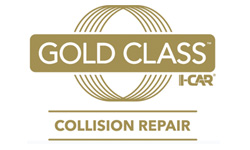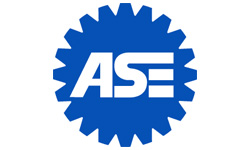The Truth About These 5 Automotive Repair Myths
We truly hope that you never have to deal with a collision repair; accidents can be scary, expensive, and stressful. But, if you are in an accident, we’re here to simplify the process so you’re prepared and you can get your car back to normal as quickly and stress-free as possible.
Let’s uncover some common collision repair myths so you understand the truth behind them.
1. You have to take your car to the repair shop your insurance company chooses.
Actually, your insurance company has no right whatsoever to demand that you use a specific repair shop. You have the right to choose and if your insurance company tells you otherwise, it’s called steering and it’s illegal.
They may make suggestions (you can always ask) but you are under no obligation to listen to your insurance company.
2. Only the dealership can fix your car like new again.
Auto repair and collision repair shops can access repair guides from the automotive manufacturer who made your car and often repair your vehicle just as well in less time or for less money.
Some dealerships may have great repair programs, but they can also be really pricey or focus on other aspects of business more than repairs.
3. Your insurance company always covers the cost of every repair.
Depending on your insurance policy, your insurance company may cover all of your repairs, they may cover some, or they may not cover them at all. If you have coverage called “collision coverage” as part of your policy, that’s usually where the details regarding repair of your vehicle are listed. Always ask your insurance company if you’re not sure.
4. You need three estimates before your insurance company will pay.
This is not true at all, one estimate is plenty. However, if you’re shopping around for the right collision repair shop, it might be in your best interest to get multiple estimates. Your insurance company will usually perform their own estimate once you choose a shop.
5. The insurance company’s estimate is always right and they won’t pay a penny more.
Your insurance company might negotiate with the repair shop if they think the estimate is too high; the end goal is to get a safe and affordable repair. However, the insurance company is required to pay according to your policy











